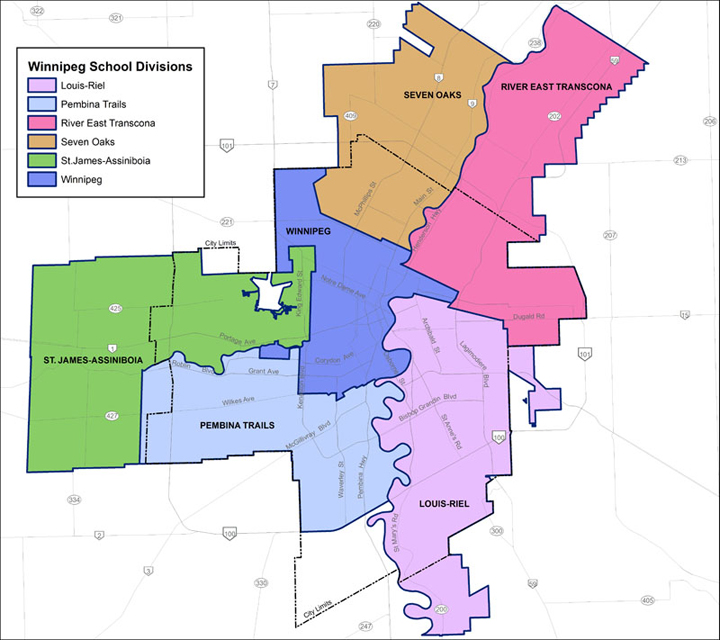Winnipeg school divisions are getting their 2018/2019 budgets in order over the coming weeks.

They need to present their financial plans to the city by March 15 so Winnipeg can update its property tax information, then have the numbers ready for the province come April.
Many of the local school divisions are active this week with public consultations on draft budgets.
The province released its funding plan for Manitoba’s schools earlier this month, and Winnipeg’s Pembina Trails School Division is “cautiously optimistic” given the guidelines set out by the province.
Ted Fransen, superintendent at Pembina Trails, said the growing population in their schools means they’re benefiting from the province’s funding announcement.
“We are well-positioned to provide an excellent program for our 14,000 students and we do expect to meet the minister’s stated expectation that the taxes not be above two per cent,” Fransen said.
RELATED: Manitoba schools getting creative with overcrowded classrooms
Seven Oaks School Division released their 2018/19 budget presentation Monday night.
“Trustees are focused on spending where it makes the most difference for students – in the classroom and on programs that engage students in learning,” the presentation said.
“But Trustees are facing significant challenges: 1/2% provincial funding increase, continued enrolment growth, limited commercial assessment. Seven Oaks is consistently the lowest or second lowest spending division in Winnipeg – $1,035 per pupil below the provincial average”.
The draft budget spelled out in the presentation limits “cost increases to 2.35% anticipating an enrolment increase of 1.5% for a a per pupil cost increase of only .85%, and the special requirement will be held to 2%,”, which it said, should be good news for taxpayers.
The province has asked school divisions to keep the special requirement taxes on homeowners below a two per cent increase.
READ MORE: Province calls on Manitoba school divisions to be ‘fiscally responsible’
For the Winnipeg School Division (WSD), that’s not an easy request.
“The Winnipeg School Division has been deferring a significant amount of maintenance over the years, and we’ve reached a point where our budget for critical maintenance needs to increase,” Chris Broughton, chair of finance with WSD, said.
He explained the division has laid out three different options for their budget. One involves keeping property taxes at the recommended two per cent increase, without cutting any services.
Another keeps the tax at two per cent again, but would see a number of services and amenities cut while other valuable programs are maintained.
The third choice is to see if the provincial government will let WSD increase its special requirement to three per cent – meaning the average homeowner would pay an extra $51 instead of $45 should the tax stay at two per cent.
That would allow the school division to spend nearly $1.5 million on building maintenance and add important programs without cutting things like full day kindergarten or school resource officers.
“Some of the critical building maintenance that we’re looking at is plumbing replacement, fire alarm system upgrades that are required, things along those natures – so it’s not insignificant work,” Broughton said.
He said most of the cuts in the second option they’re putting forward come at the expense of staffing. The school division would save more than $400,000 by cutting school resource officers, and nearly $200,000 by swapping summer courses to an online-only format.
RELATED: City partnering with Winnipeg School Division on water safety for students
Broughton said the challenges they face come as the province continues to drop its funding of public education.
“Over the years we’ve gone from a situation of the province funding 80 per cent of public education while school divisions raise the remaining 20 per cent from property taxation. That ratio has changed dramatically over the years to a point where the Winnipeg School Division was at a 60/40 split and some divisions were at a 50/50 split,” he said.
“This year we’re on the losing end of that equation again with the province’s support of education dropping down to 59 per cent and property taxes carrying the balance.”







Comments